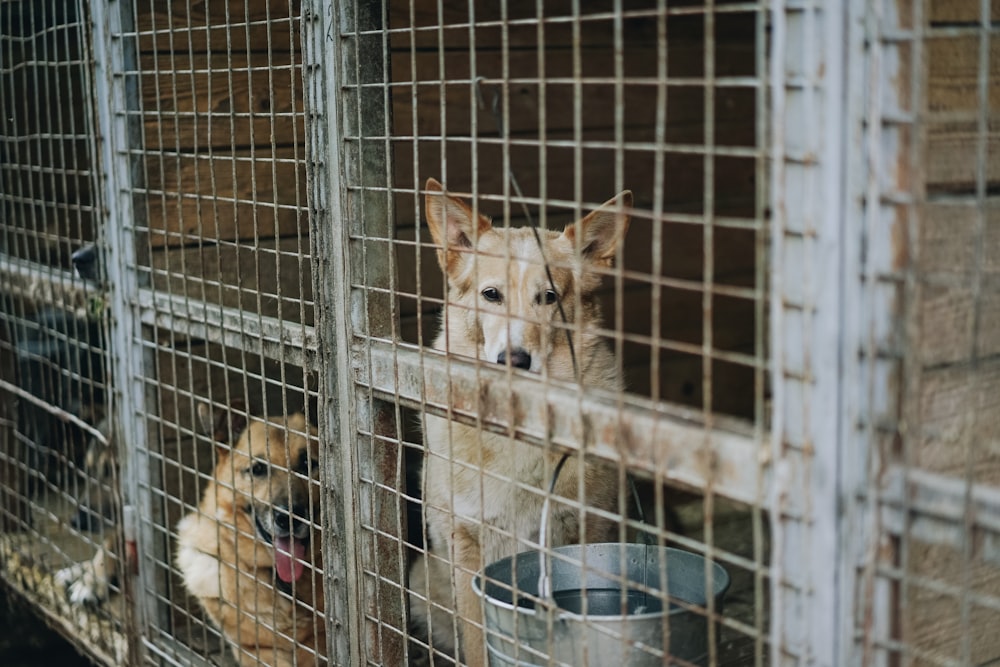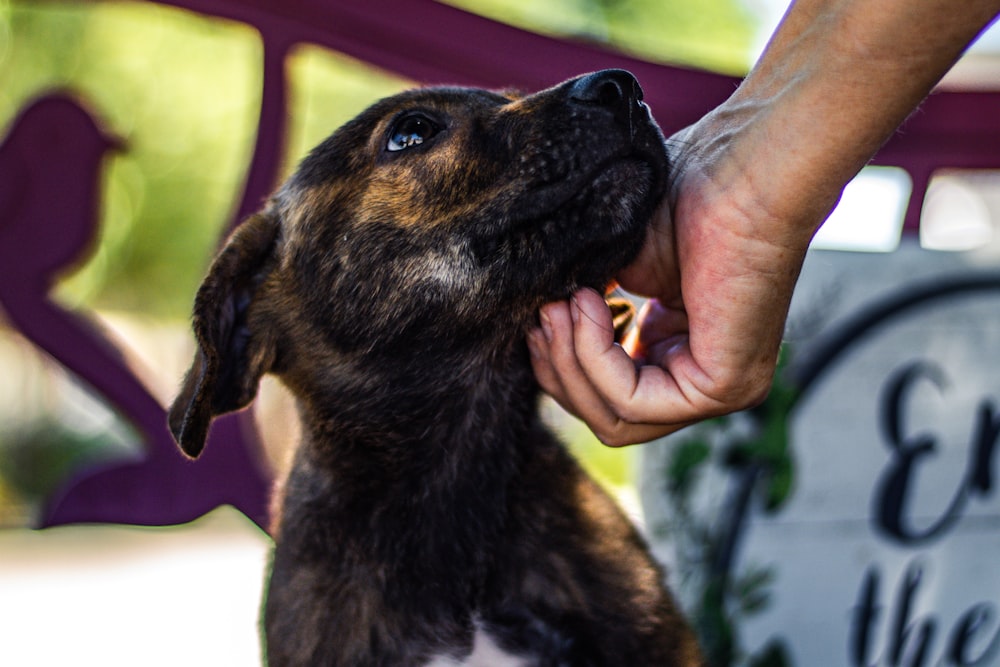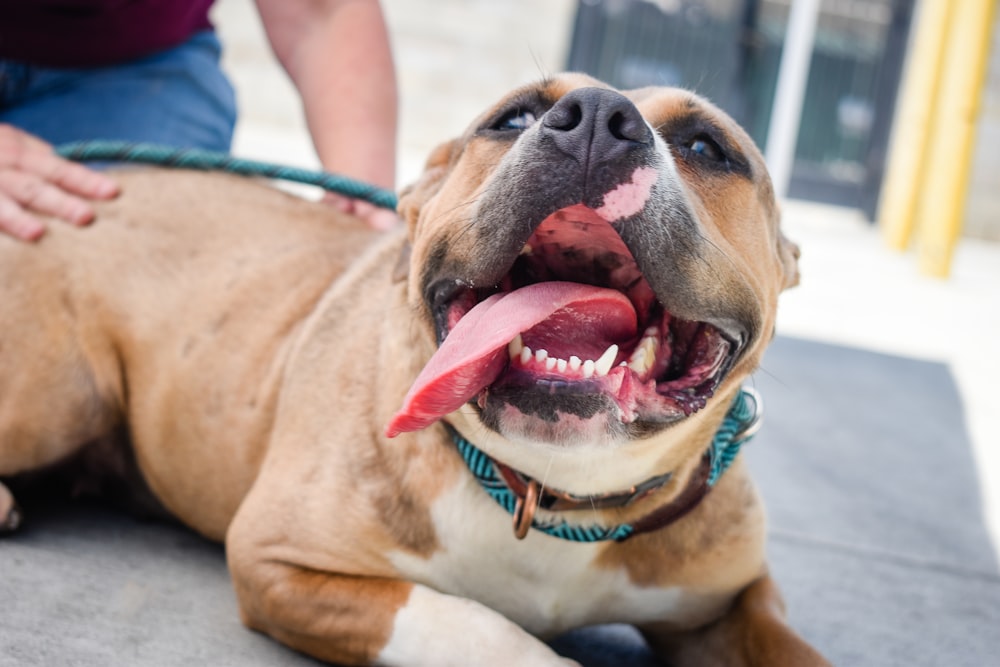Hey, look at you! You’re considering giving a dog a new home. That’s completely awesome, and you should deservedly feel proud. But as with any new addition to the family, there’s a lot to consider and to prepare.
Here’s a step by step guide to dog adoption, from finding the right adoption center and nailing in-home training, to easing common dog anxieties.
Find the Right Adoption Center, not the Right Dog
It can be tempting to start searching the internet for the perfect dog, regardless of where they’re currently living.
This broadens your search, but it can lead to interactions with adoption centers that don’t have dogs’ best interests at heart. This can be especially true when it comes to overseas operations. There’s been a lot of bad news recently regarding ‘puppy farms,’ which are entirely profit oriented and have responded to a demand spike caused by COVID-19.

Instead, start by searching for adoption centers, not dogs. Look for shelters that are either local to your neighborhood or who have extensive transport and support networks. Check reviews and testimonials, and feel free to start up conversations with adoption teams. Good centers will always be happy for you to visit and learn more—bad shelters, not so much.
Once you’ve chosen one or two shelters to work with, great! A natural relationship with the shelter team will begin to form, and your perfect pooch won’t be far away.
Note: Working this way around is important, as it may be hard (or impossible) to walk away from a doggy match once you’re invested.
Be Prepared to Wait
Nobody wants a dog to go through the adoption process and find a new home, only to have that home taken away from them soon after. Unfortunately, however, dogs being returned post-adoption is a real problem for shelters, with an estimated one in ten owners retroactively deciding that a pup isn’t for them.

When this happens, the chance of a dog developing trauma and a serious anxiety disorder is high. This is on top of already high rates of separation anxiety in dogs with more than one owner in their lifetime.
So, it pays to wait, and take the time to be 100 percent sure about your ability to welcome a new addition to the family. While some nerves are completely normal, serious reservations are not a good sign. A good adoption center should support you in this decision-making process, giving you all the information and reassurance you need, and not hassling you into a decision.
Know Everything about your Dog
With that in mind, the next step is to go on a fact-finding mission about your four-legged friend. Try to find out all the information you can about their personal history, to see whether you feel able to provide for their needs:
- Why are they in the shelter?
- How long have they lived in the shelter?
- Who were there previous owners?
- Have they ever lived with other pets or children?
- What is their personality like?
- Have they experienced any traumatic events?
- What is their medical history?

Be realistic about whether a dog is a good fit for your home environment, and the right kind of dog for you to be taking on. Remember that age is a major factor in a dog’s personality, so older dogs are often a great option for owners looking for a quieter lifestyle!
Meeting eyes and making a connection with a pup is a legitimate aspect of choosing who to adopt (doggo-love at first sight is definitely real!) But it shouldn’t be the only thing you base your decision on.
Walks and One-on-One Time
Their personal file aside, one of the best ways to find out whether you and your chosen dog are a match is to spend time alone. A couple of walks around the center or local area are a must, as well as a good deal of playtime.

Different people are drawn to different doggy personalities, and vice versa, so don’t assume that your favorite breed on paper will work in reality. Time spent together will kickstart the bonding process and help you both to put your nerves and anxieties to rest—it’s a great chance to show a dog that you’re a safe person who they can trust.
With the continuing COVID-19 pandemic, many adoptions centers are now offering trail home stays or mini-fostering experiences, where potential adoptees bring a dog into their home and spend an extended period of time with them.
If all goes well with one-on-one time, then you’re on the final stretch! Here, the adoption is likely to become a more formal process, and the adoption center may want to check your home and lifestyle for suitability.
Preparing for Anxiety and Behavior Issues
Waiting for your new dog to join the family is a very exciting process, and you’ll probably be counting the days until they’re arrival. Here, it’s important to acknowledge that dogs who have spent some part of their lives in a shelter are far more susceptible to behavior issues. Negative past experiences, or simply a lack of prior training, can result in dogs experiencing uncertainty and anxiety.

This isn’t to say that all shelter dogs are badly behaved. Far from it. But as someone considering adoption, you should be prepared for the possibility that your pup will take a little longer to adjust to your routine.
Once they’ve had a chance to settle into their new home, dogs who continue to feel uncertain or anxious may display behaviors including:
- Aggression
- Hyperactivity
- Vocalization (barking, whining, talking)
- Pacing and head shaking
- Destructive behaviors
- Hiding or backing into a corner
- Pancaking (laying with their belly flat on the floor)
- Peeing inside the house
Sometimes, a dog will present with these behaviors in response to a clear trigger. For example, separation anxiety can cause dogs to become hyper attached to a member of the family, and panic when apart. Traumatic experiences of being caged can cause behaviors to arise if a dog senses they’re about to be confined.
Depending on the stress level of your dog, you may be able to counter more ingrained behavioral issues by yourself, through careful and consistent counter conditioning. This means re-associating bad behavior triggers with positive outcomes, such as treats and attention.
However, you should never feel overwhelmed or alone during this process. If you feel the need for external help, then reach out! Adoption center support teams, as well as professional behavior therapists are available to help you achieve the right relationship with your pup. Many offer in-home training as the most effective way to help identify triggers within the home environment and reframe them.
In Summary
- Start by choosing a reputable adoption center, not your dream dog!
- Form a relationship with center staff and don’t make sudden decisions about adopting.
- Once you’ve made a connection with a dog, learn everything you can about them to help inform your decision.
- Spend time alone with pups to start the bonding process to see if you make a good fit.
- Once the adoption becomes official, it’s great to get excited, but also remember that your dog may require extra support when making the transition to home life.




Share:
How to Remove the Odor of Dog Urine from Carpets
9 Tips For Hiking With Fido